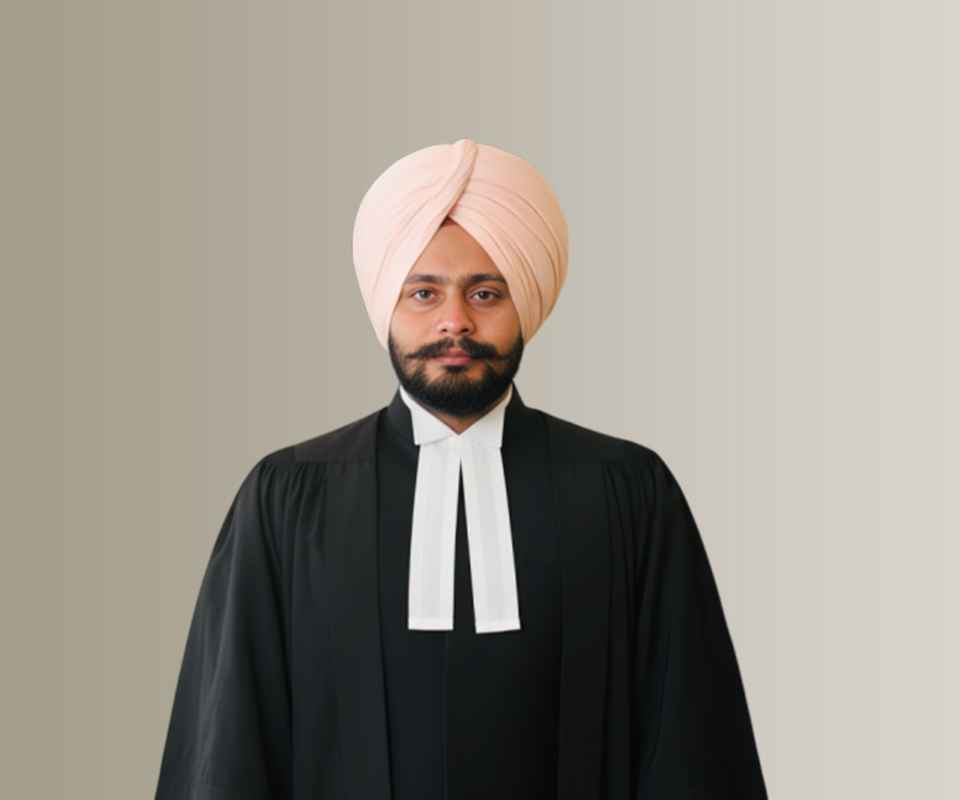Answer By law4u team
The Right to Education (RTE) Act, 2009 is a landmark piece of legislation in India that ensures free and compulsory education for all children between the ages of 6 to 14 years. It was enacted to implement the constitutional mandate under Article 21A, guaranteeing the right to education as a fundamental right for children. The RTE Act is designed to provide equitable access to education, improve quality standards, and eliminate discrimination in educational institutions.
Key Provisions of the Right to Education (RTE) Act, 2009:
1. Free and Compulsory Education for Children Aged 6 to 14 Years (Section 3):
The RTE Act mandates that every child between the ages of 6 and 14 years has the right to free and compulsory education in a neighborhood school.
It ensures that no child is denied access to education due to financial constraints, discrimination, or lack of resources.
2. Prohibition of Screening Tests for Admission (Section 13):
The Act prohibits schools from conducting entrance exams or screening tests for admitting children, ensuring equal access to education for all children, irrespective of their background or academic ability.
3. Non-Discriminatory Practices in Schools (Section 15 & 16):
Schools must ensure that no child is discriminated based on gender, caste, religion, or disability.
The Act requires educational institutions to promote an inclusive environment, where children from marginalized communities, such as Scheduled Castes (SCs), Scheduled Tribes (STs), and children with disabilities, are not excluded.
4. Quality Standards and Infrastructure (Section 19):
The RTE Act lays down specific quality standards for schools, including:
- Adequate infrastructure such as classrooms, toilets, and clean drinking water.
- Minimum teacher-student ratios to ensure effective teaching and learning.
- Teachers must have the required qualifications and undergo regular training to maintain teaching standards.
5. Reservation for Disadvantaged Groups (Section 12(1)(c)):
The RTE Act mandates that 25% of seats in private schools be reserved for economically weaker sections (EWS) or children from disadvantaged backgrounds. These children are entitled to receive free education at these schools, with the government reimbursing the schools for the cost of education.
6. Right to Free Textbooks and Uniforms (Section 10):
The Act ensures that children receive free textbooks and uniforms from the government, removing financial barriers that could prevent them from attending school.
7. No Capitation Fees or Unauthorised Donations (Section 13):
The RTE Act prohibits private schools from charging capitation fees or donations for admission, making education more accessible to children from economically disadvantaged families.
8. Teachers’ Rights and Qualifications (Section 23 & 24):
The RTE Act establishes specific norms for the qualification and professional standards of teachers.
Teachers must have minimum educational qualifications (such as a Bachelor of Education degree) to teach in schools.
The Act mandates that teachers must complete a certain number of hours of professional development each year.
9. Grievance Redressal Mechanism (Section 32):
The RTE Act provides a framework for grievance redressal related to violations of the Act.
Parents and guardians can approach District Education Officers or State Education Authorities if their children are denied access to education or if schools fail to comply with RTE standards.
10. Special Training for Out-of-School Children (Section 4):
The Act mandates that children who have missed out on formal education or are out of school must receive special training to bring them up to speed with their peers.
This provision aims to reduce dropout rates and increase enrollment in schools.
Example:
Suppose a child from a rural village in Rajasthan, aged 8, does not have access to any school in the vicinity. Under the RTE Act, the local government must establish or upgrade a school in the area to ensure the child’s right to education. Furthermore, the child will receive free education, textbooks, and uniforms. If the child’s family cannot afford school fees, they are eligible for free education in a private school under the 25% reservation for economically weaker sections, and the government will reimburse the school for the cost.
Conclusion:
The Right to Education (RTE) Act, 2009 is a transformative law in India that makes education a fundamental right for all children aged 6 to 14 years. The Act focuses on ensuring equitable access to quality education, non-discriminatory practices, and special provisions for marginalized communities. With its emphasis on quality standards, inclusive education, and grievance redressal, the RTE Act aims to eliminate barriers to education and create a more inclusive education system for every child in India.







